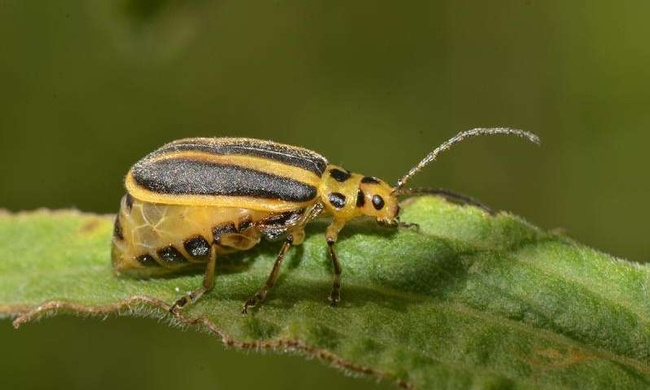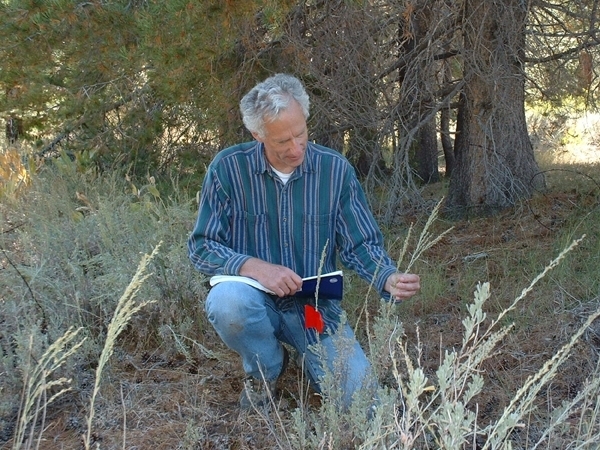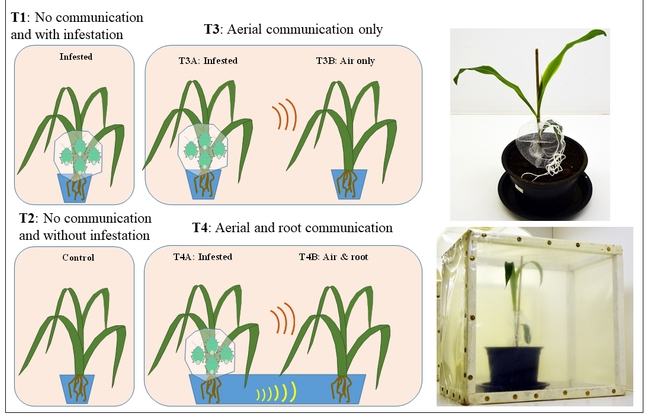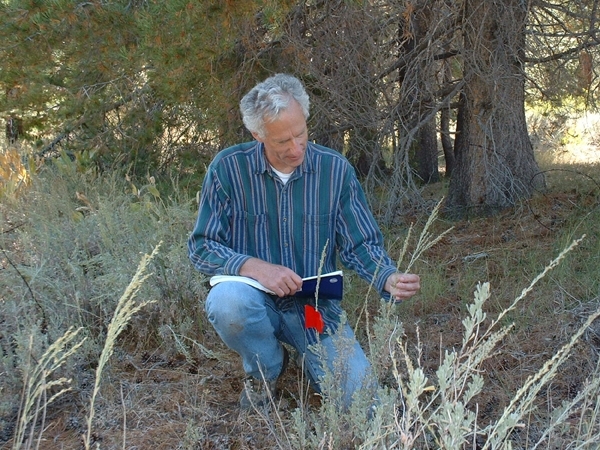Posts Tagged: plant communication
Andre Kessler: An Exciting and Innovative Researcher Working on Plant Defenses, Interactions
You won't want to miss this seminar. Chemical ecologist Andre Kessler, professor of ecology and evolutionary biology at Cornell University, will discuss "Chemical Information Driving Plant Interactions and Community Dynamics" at the UC...

An adult goldenrod beetle. (Photo courtesy of Andre Kessler)
Rick Karban: Do Plants Have Personalities?
If you've been talking to your plants for years, you are not alone. But know this: plants can communicate, too. They eavesdrop, sense danger in the environment, and can distinguish friend from foe. A plant under a predatory attack will emit volatile...

Professor Rick Karban has researched communication in sagebrush (Artemisia tridentata) on the east side of the Sierra since 1995.
Christian Nansen Lab: Groundbreaking Research on Plant-to-Plant Communication
Professor Rick Karban of the UC Davis Department of Entomology and Nematology, author of the landmark book, Plant Sensing and Communication (University of Chicago Press), says that plants can eavesdrop, sense danger in the environment, and can...

An illustration of plant-plant communication by the Christian Nansen lab, in the Plant Methods journal
Rick Karban, UC Davis Expert on Plant Communication, Named ESA Fellow
Congrats, Rick Karban! We just received word that noted ecologist Richard “Rick” Karban, professor in the UC Davis Department of Entomology and Nematology, has been named a fellow of the Ecological Society of America (ESA) for “his...

Karban has researched plant communication in sagebrush (Artemisia tridentata) on the east side of the Sierra since 1995.
Plants Can Eavesdrop, Sense Danger
Plants can eavesdrop. They can sense danger. So says ecologist Richard 'Rick' Karban, professor of entomology, UC Davis Department of Entomology and Nematology, and author of the newly published book, Plant Sensing and Communication...

Ecologist Rick Karban has researched plant communication in sagebrush (Artemisia tridentata) on the east side of the Sierra since 1995.

